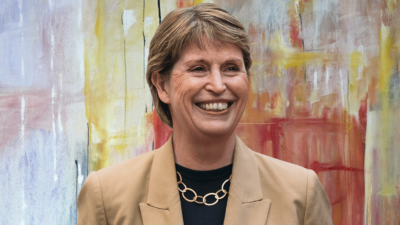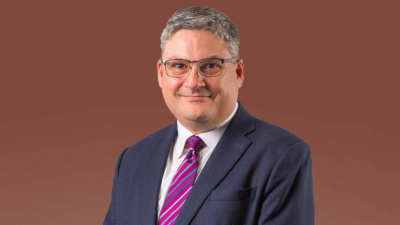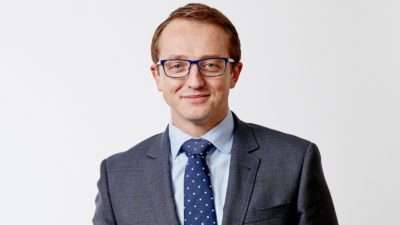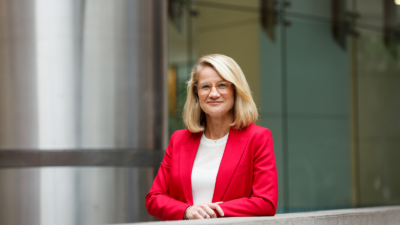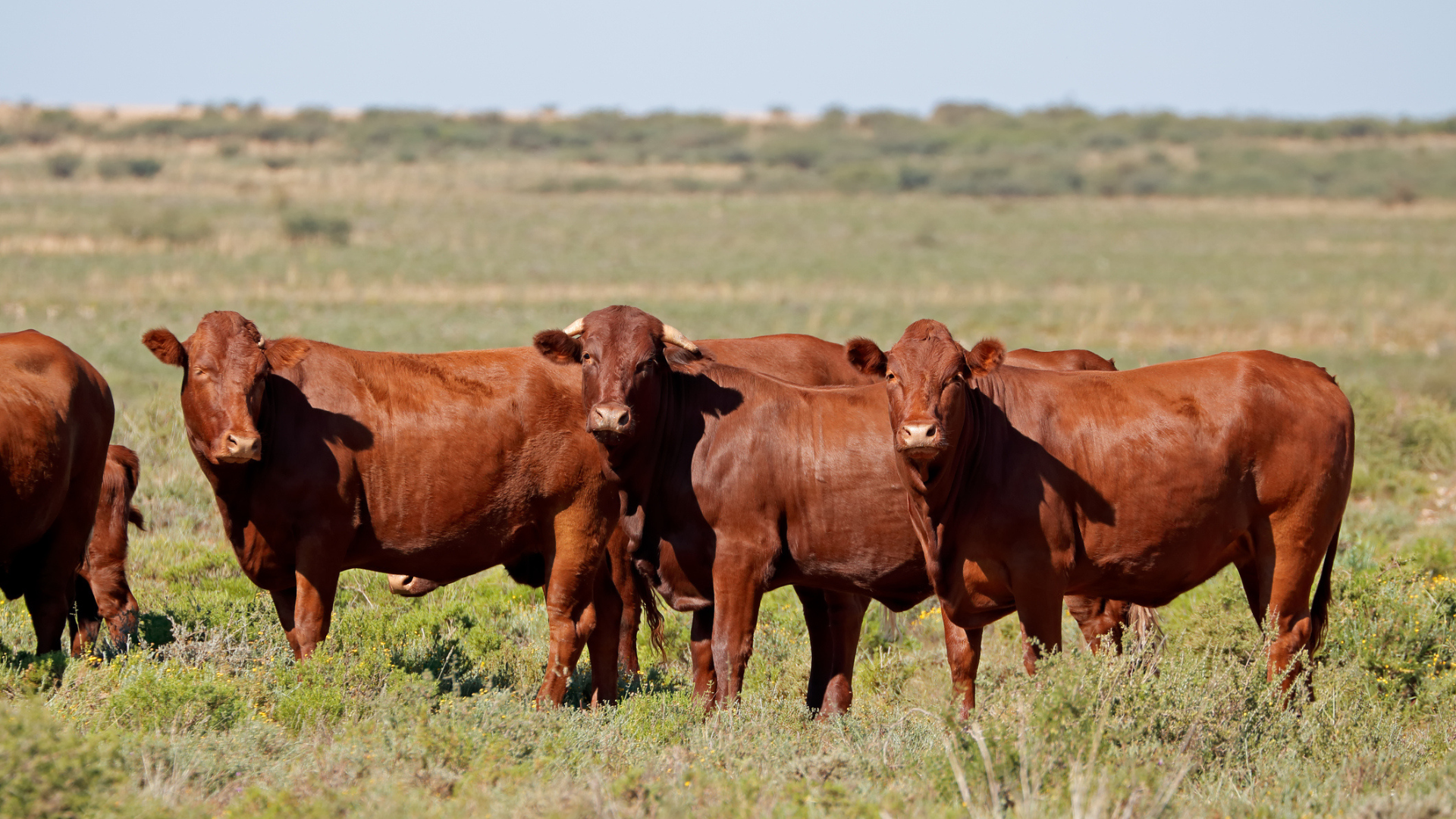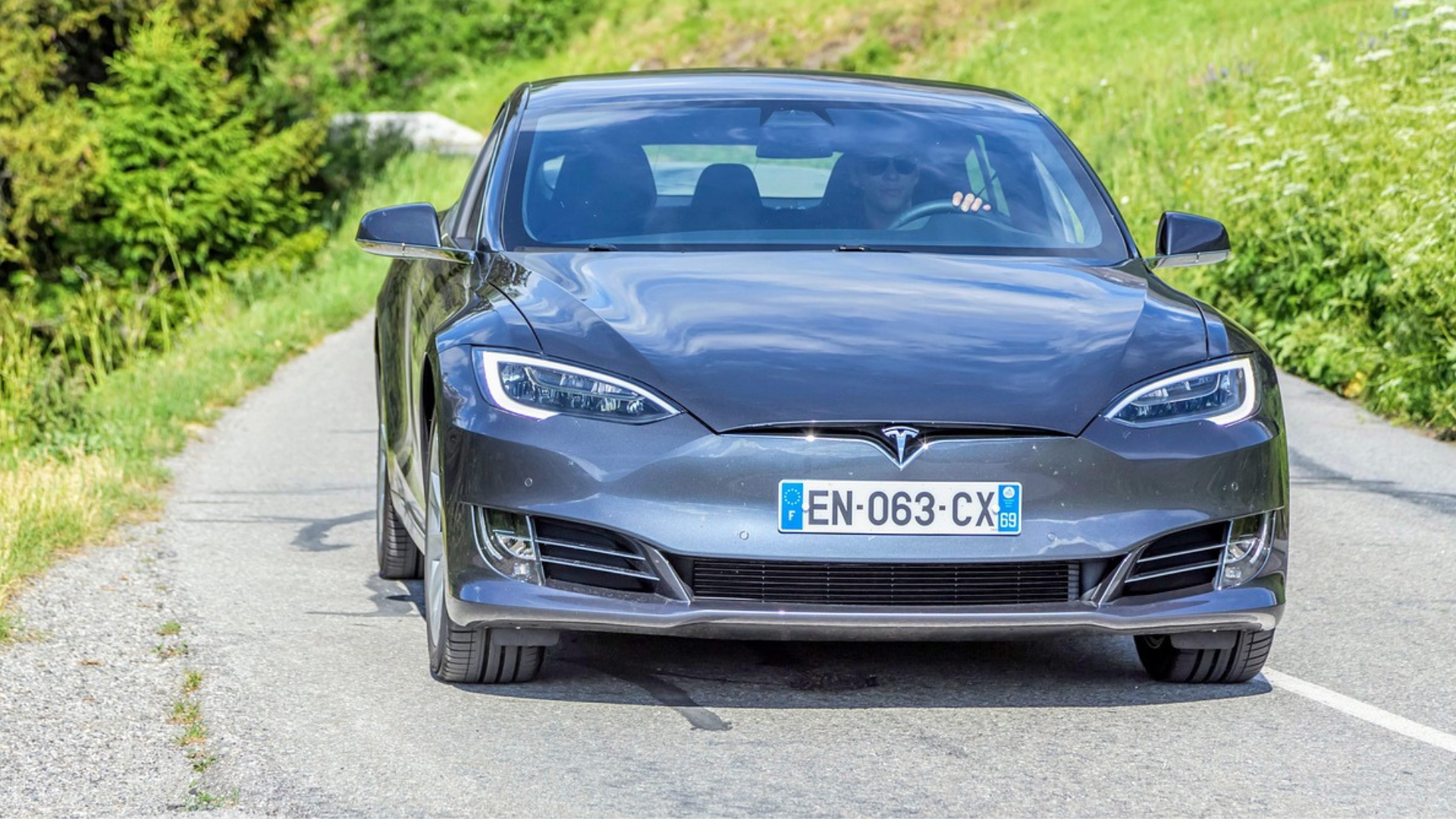Size, internalisation and globalisation are now front of mind for every large fund in Australia – but every fund approaches them differently, and there’s little agreement on the benefits of the new offshore push.
Changing dynamics in the Australian asset management industry gave the Future Fund access to a manager it might ordinarily have been forced to walk away from, and it expects to find plentiful (and sustainable) alpha in small caps.
Everybody’s anticipating a sweeping technological revolution, but they haven’t stopped to think about whether they’ll actually profit from it. More likely than not they’re holding onto horses when everybody’s making cars.
Valuations are never going to be “perfect”, but that doesn’t mean super funds shouldn’t be working harder to make them more accurate – and more intelligible to the people who really matter.
The creation of a new investment data platform underpins Aware’s march to managing half of its projected $250 billion FUM internally. State Street is providing the glue that holds it all together.
The megafund is expanding its sustainable investment team as it adopts a new climate change strategy and fields increased interest in its approach from new corners.
Two of Australia’s leading superannuation bodies will soon be no more. In their place will be a new, merged entity intended to be a “powerful advocate” for the superannuation system and the funds that comprise it.
With Cbus eyeing the $100 billion mark, it’s figuring out what it can do well and what should be left to everybody else. And while other funds can’t wait to head overseas, it’s decided to stay home.
One of Australia’s largest super funds is now also one of its largest owners of retirement living assets following the acquisition of 100 per cent of Oak Tree in a demographic play.
The asset class is top of the private market pops as institutional investors fret valuations and liquidity in private equity and watch the ongoing commercial property dislocation with growing concern.


